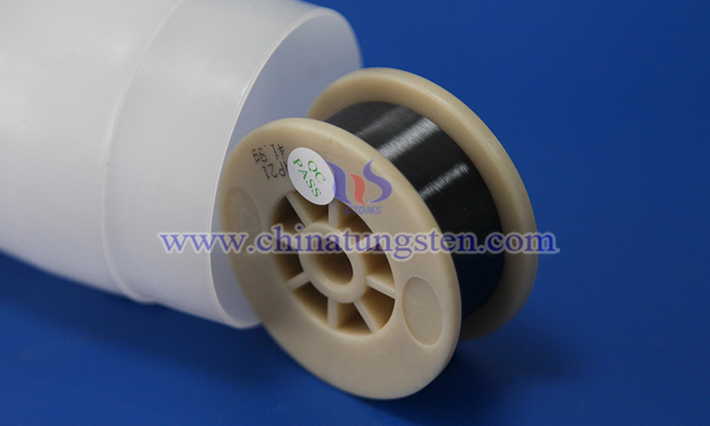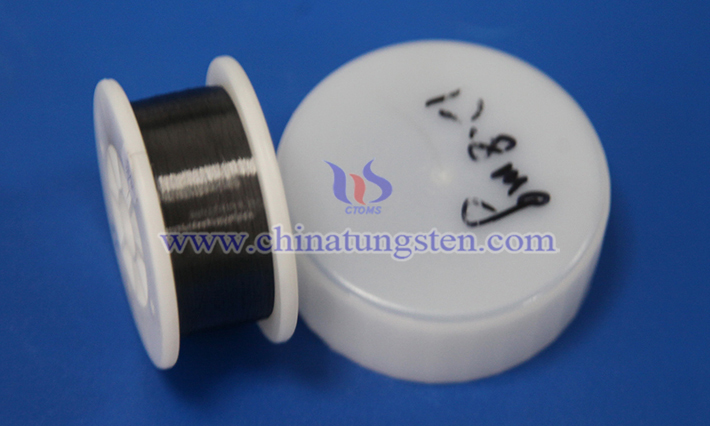Tungsten Wire Applications in Stage Lighting
- Details
- Category: Tungsten Information
- Published on Monday, 11 August 2025 18:51
Although modern stage lighting is gradually incorporating new technologies such as LEDs and lasers, tungsten wire lamps (such as tungsten-halogen lamps) still hold a vital position in specific applications due to their high color rendering, continuous spectrum, and controllability.

I. Core Characteristics of Tungsten Wire
1. High Melting Point (3410°C)
Tungsten has one of the highest melting points of any metal and can withstand extremely high temperatures without melting, which is the basis for its use as a wire material.
2. High-Temperature Stability
When heated by electricity, tungsten wires can reach temperatures of 2500-3000°C, emitting a continuous spectrum of light through thermal radiation, covering the entire visible light range.
3. Compatibility with Inert Environments
Tungsten wires are not easily oxidized in a vacuum or in an inert gas (such as argon or krypton). Combining them with a halogen cycle (such as bromine or iodine) can further extend their lifespan.

II. Typical applications of tungsten wires in stage lighting
1. Tungsten Halogen Lamp
(1) Structure: Halogen gas (such as hydrogen bromide) is filled into the quartz glass bulb to form a halogen cycle. After tungsten wire evaporates, it combines with the halogen and redeposits back into the wire after the bulb wall cools down, reducing the blackening phenomenon.
(2) Advantages:
High color rendering index (CRI>95): close to natural light, can accurately restore the skin color of actors and stage scenery.
Adjustable color temperature: by adjusting the voltage or using color filters, the color temperature range of 2800K (warm yellow) to 3200K (standard stage light) can be achieved.
Fast start and shut: no delay, suitable for scenes that require instant lighting effect changes (such as lighting switching in drama and dance). (3) Application scenarios:
Facial fill light for traditional drama and opera
Continuous light source for TV studios and film studios
Illumination of cultural relics in museums and art galleries (requires low UV and high color rendering)
2. Fresnel/Ellipsoidal Spotlight
Tungsten halogen lamps are used as light sources, and are combined with lens systems to achieve focusing or scattering, used to highlight actors or specific areas.
3. Follow Spot
High-power tungsten wire lamps (such as 575W, 1200W) provide strong beams that can be manually or automatically tracked for actor movement.
4. Effect Lights (Strobe/Gobo Light)
The fast on/off characteristics of tungsten wire lamps can be used for strobe effects, or to project complex light and shadows through pattern pieces (Gobo).
- Chinatungsten Online: www.tungsten.com.cn
- CTIA GROUP LTD: en.ctia.group
- Tungsten News & Price: www.ctia.com.cn
- Molybdenum News & Price: news.molybdenum.com.cn
- Tel.: 86 592 5129696; Email: sales@chinatungsten.com



 sales@chinatungsten.com
sales@chinatungsten.com